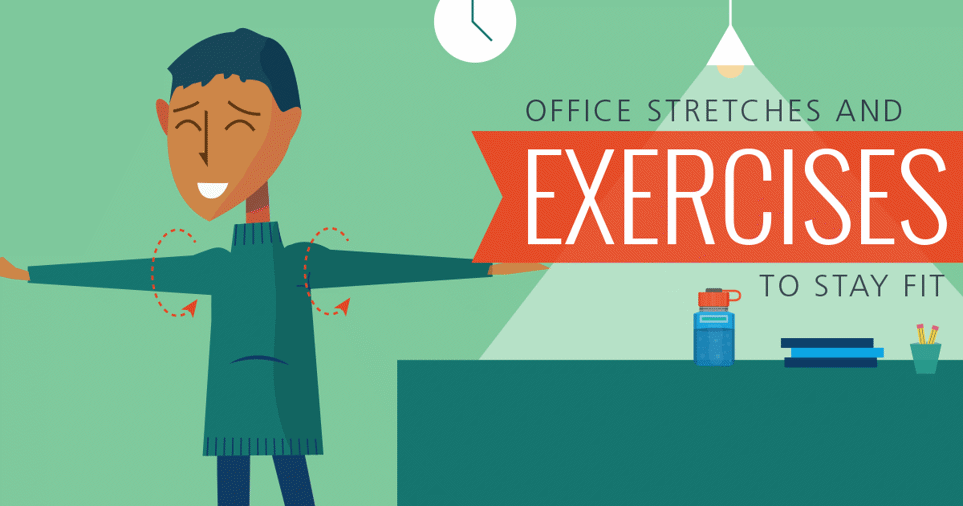How to build a balanced fitness routine
Aug 12, 2019

Finding time for fitness is one of the healthiest moves you can make. It helps you look and feel your best. It reduces your risk for certain chronic diseases. And it might just add years to your life.
But to reap the most benefits, you need to maintain a balanced fitness routine. So if you’re an avid runner who never works on upper-body strength, you need to read this.
Take a whole-body approach
The American Heart Association says your workout program should include an assortment of these four activity types:
- Endurance (aerobic)
- Strength
- Flexibility
- Balance
You don’t need to hit all four daily. But by engaging in these different activities on a weekly basis, you receive a variety of health benefits. Plus, it shakes up your routine and prevents you from getting bored with your workout.
Let’s go through the four fitness types that make up a balanced workout:
1. Endurance (aerobic) exercises
Not only do endurance activities boost your mood, but they also help your heart, lungs and blood vessels stay healthy. People who get the recommended amount of endurance exercise lower their risk of diabetes, heart disease, and stroke. Examples include:
- Brisk walking
- Running
- Swimming
- Biking
Try to do at least 150 minutes of moderately intense aerobic activity each week (such as 30 minutes, five days a week). Or shoot for at least 75 minutes of vigorous aerobic exercise each week.
To tell if your exercise pace is moderate or vigorous, try the talk test:
- Moderate exercise: You can carry on a conversation (but not sing) while exercising
- Vigorous exercise: You can’t say more than a few words without feeling breathless
2. Strength and resistance exercises
Don’t neglect your muscles. Strength and resistance training has many benefits:
- It makes performing routine tasks easier
- It helps prevent certain types of injuries
- It boosts your metabolic rate, meaning you’ll burn more calories
Lifting free weights or using a weight machine is one way to be strong. But you don’t have to be pumping iron to strengthen your muscles. Pulling on stretchy resistance bands or taking yoga and Pilates classes are also options. You can even use your own bodyweight for resistance—good old-fashioned pushups and pull-ups will do the trick.
Aim to strength train twice each week. Give your muscles two days of rest in between workouts.
On two days each week, try to include one set of exercises for each muscle group, such as your legs, hips, back, abdomen, chest, shoulders, and arms. A set of 8 to 12 repetitions of an exercise that works the muscles to fatigue will do the trick.
3. Flexibility exercises
Flexibility exercises help your body stay limber so you can do other exercises as well as your daily activities without issue. Staying flexible can be as simple as doing gentle stretches or taking yoga or Pilates classes.
It’s best to stretch your muscles when they’re already warm—such as after a walk—to minimize feelings of discomfort.
For safety’s sake, stretch slowly and smoothly. (Don’t bounce when you stretch.) Try to hold each stretch comfortably for at least 10 seconds.
Try to work on your flexibility at least two days a week.
4. Balance exercises
Better balance may reduce your risk of falling, which is especially important if you’re an older adult. Older adults often fall more and experience more severe injuries as a result.
You can boost your balance with simple moves, like standing on one foot for several seconds or walking heel to toe. Yoga and tai chi can improve your balance as well.
Take your workout to a trail
You don’t have to stay inside to do your workout.Check out the health and happiness benefits of hiking.
If you’re looking for a truly personal approach to physical therapy, ask your primary care provider to send a referral to us. Our team will contact you to help you arrange your health insurance authorization and schedule your first appointment.
For more information or to schedule an appointment, call our scheduling center at (503) 261-6962.


